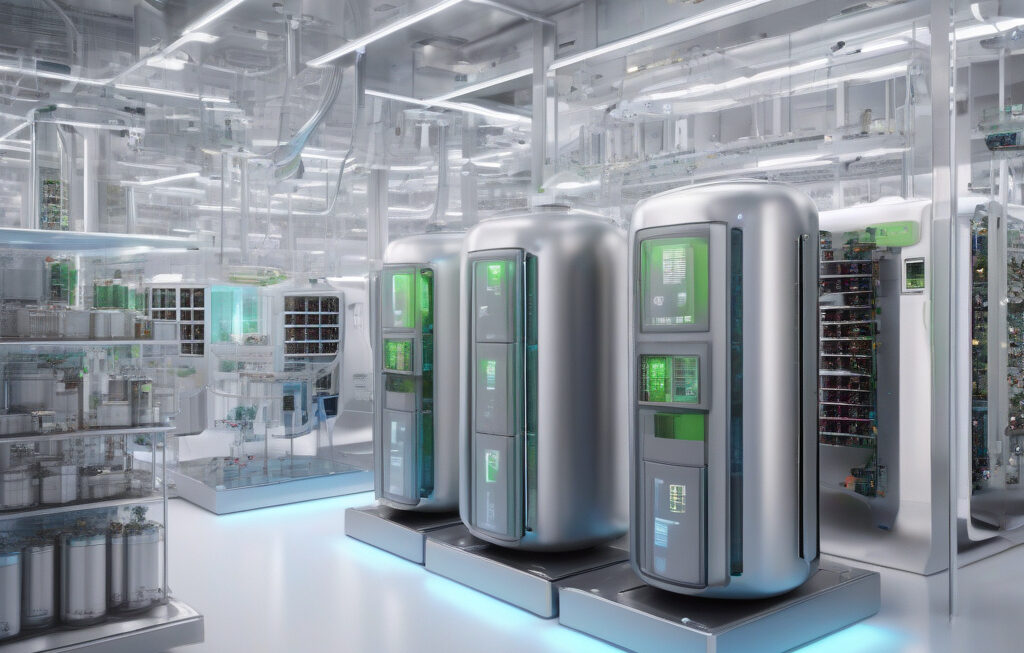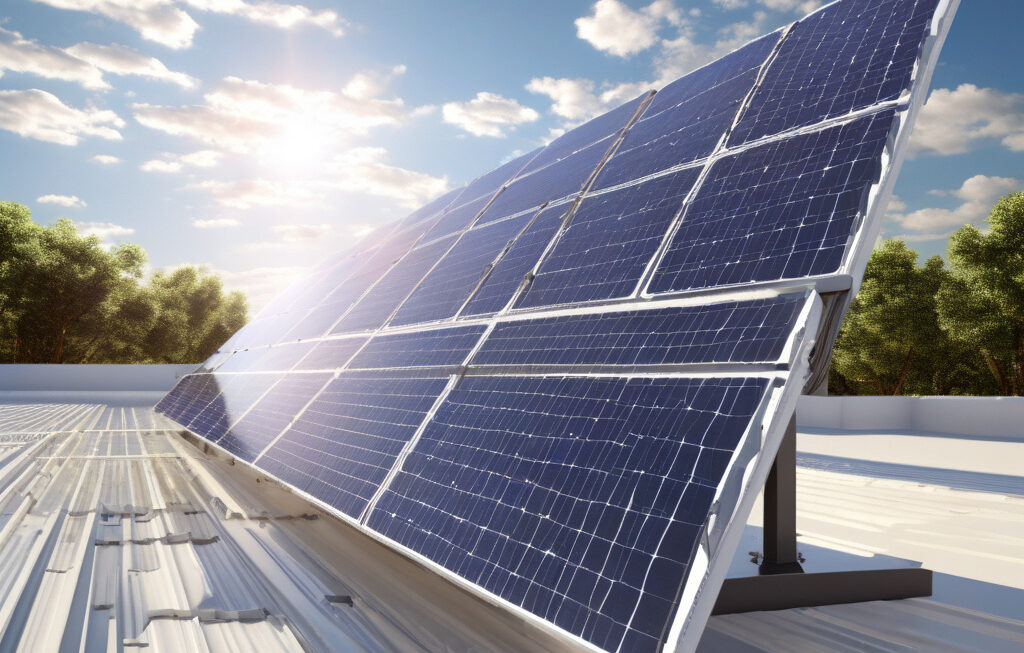Revolutionizing Solar Power: Scientists Create Highly Efficient Cells for Indoor Use
Solar cells have traditionally occupied vast outdoor areas. Though they are essential to averting the impending climate crisis, their efficiency indoors has been limited. However, a groundbreaking development in the field of solar technology is set to change this narrative. Scientists have successfully engineered solar cells that can charge even in dim office light with an impressive efficiency rate of 38%.
This innovation marks a significant milestone in the quest for sustainable energy solutions. The ability of solar cells to harness energy from indoor lighting opens up a myriad of possibilities for their integration into everyday devices and infrastructure. Imagine a world where smartphones, laptops, and even household appliances can be powered by clean, renewable energy sources without the need for direct sunlight.
The key to this breakthrough lies in the utilization of cutting-edge materials and design principles. By incorporating advanced light-capturing mechanisms and optimizing the internal structure of the solar cells, researchers have been able to achieve unprecedented levels of efficiency under low light conditions. This not only enhances the overall performance of the cells but also makes them versatile enough to be used in various indoor settings.
One of the most promising applications of these high-efficiency indoor solar cells is in the realm of smart buildings. By seamlessly integrating them into the architecture of commercial and residential structures, it is possible to create self-sustaining environments that reduce reliance on traditional power sources. This not only leads to cost savings for building owners but also contributes to a significant reduction in carbon emissions.
Furthermore, the widespread adoption of indoor solar cells can have a transformative impact on the way we perceive and utilize renewable energy. As more and more devices become powered by clean sources, the dependence on fossil fuels diminishes, paving the way for a more sustainable future. This shift towards greener energy solutions is not only beneficial for the environment but also opens up new economic opportunities in the renewable energy sector.
In conclusion, the development of solar cells that can charge efficiently in indoor lighting represents a major advancement in the field of sustainable energy. With their potential to revolutionize the way we power our devices and buildings, these innovative cells hold the key to a cleaner, greener future. By harnessing the power of the sun, even in the dimmest of settings, we can move closer to achieving a world powered by renewable energy.
solarcells, renewableenergy, sustainablefuture, innovation, green technology











